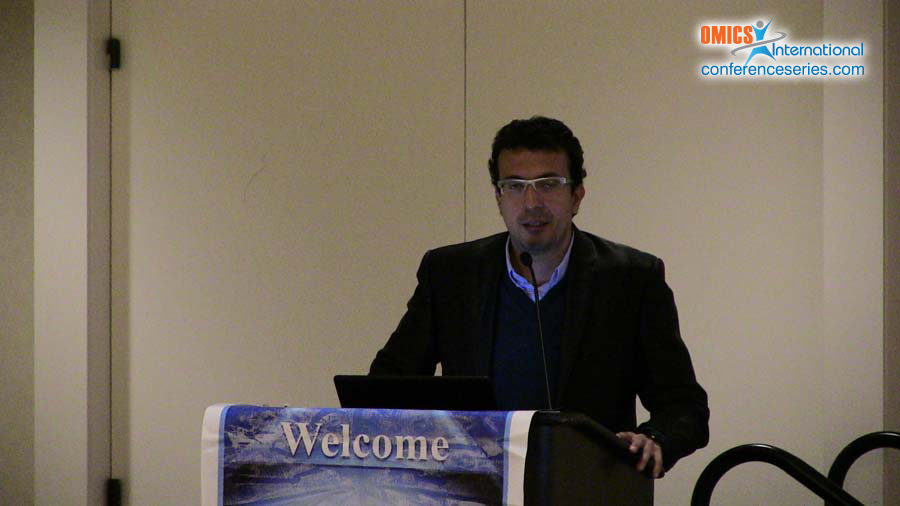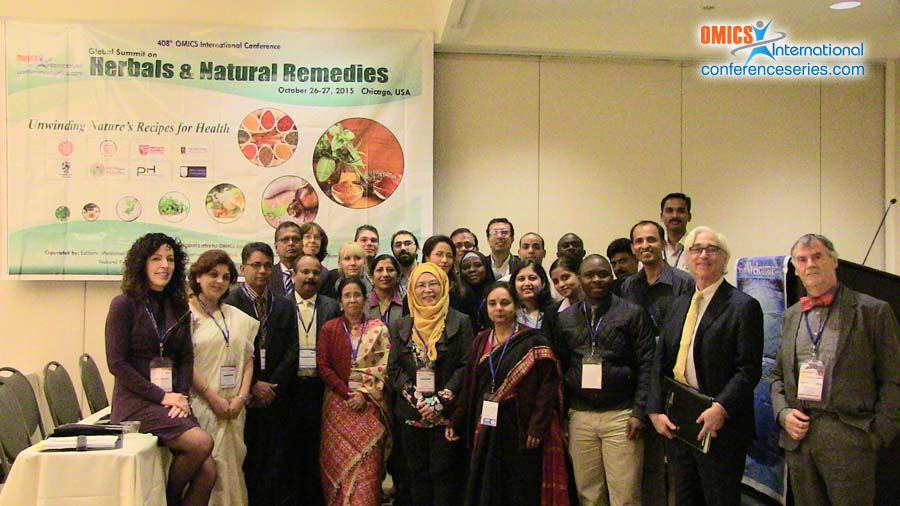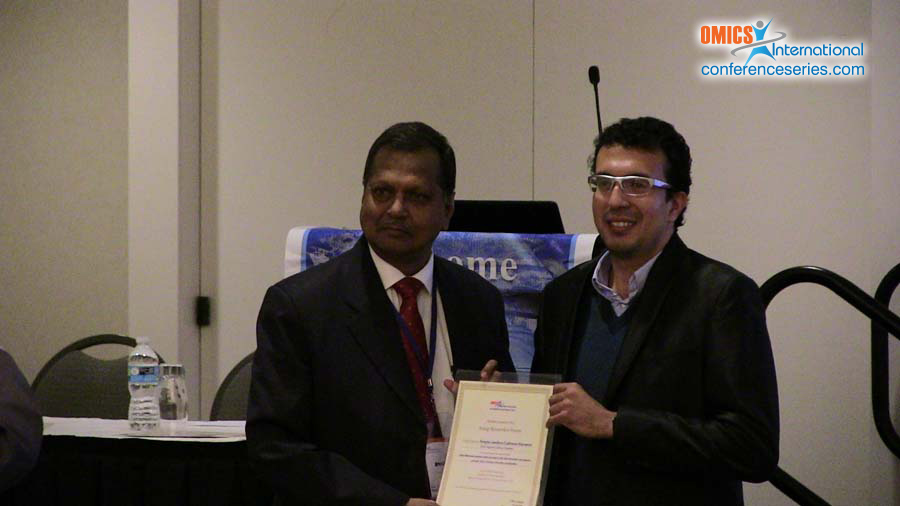
Sergio Andres Cabrera Navarro
SENA Regional Tolima, Colombia
Title: Antioxidant and antimicrobial potential of the hidroalcoholic and aqueous extracts of the Cholupa (Passiflora maliformis)
Biography
Biography: Sergio Andres Cabrera Navarro
Abstract
The Cholupa (Passiflora maliformis) is an exotic herbal-fruit, highly desired by its sensory qualities. In Colombia, the Cholupa’s crop has been mainly destined to the fresh consumption. However, the current increment of degenerative diseases among people such as cancer has proposed the Passiflora gender as an alternative worldwide for their pharmaceutical properties, which gives to the crop a promising future in the world market. The main objective of this study was to determine the antioxidant and antimicrobial activity in aqueous and hydroalcoholic extracts of Passiflora ligularis. It was used the reflux extraction method, using as solvent water, ethanol 35% (v/v) and 70% (v/v), working with leaves and flowers as plant material. The analysis demonstrated that both aqueous and hydroalcoholic extracts present phenolic compounds, achieving maximum levels of 7.35 mg Eq Ac. Gal/g dry matter. Also was determined the maximum total flavonoids equivalent to 11.94 mg Eq Vitexin/g dry matter on hydroalcoholic extracts. In vitro antioxidant activity of the extracts was evaluated using the methodology of capturing the free radical (DPPH) and Ferric Reducing Power (FRAP), in both methods was determined that hydroalcoholic extracts were more active. The corresponding test antimicrobial activity indicated that the extracts of Passiflora maliformis have the ability to reduce the growth of both E. coli (ATCC 25922) and S. aureus (ATCC 25923), mainly finding that aqueous extracts possess greater power microbial inhibition than the hydroalcoholic ones. In this study, it also was possible to identify a correlation between the phenols and antioxidant activity (FRAP).



